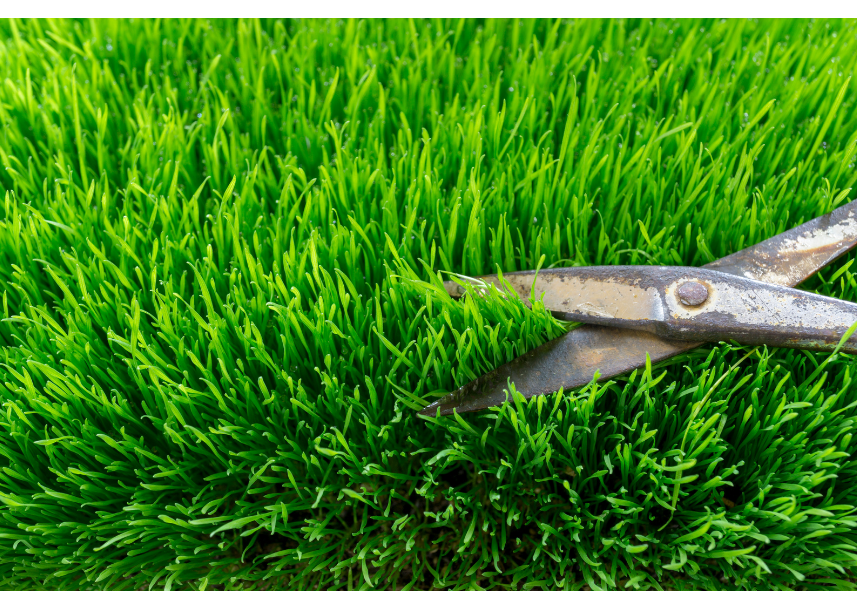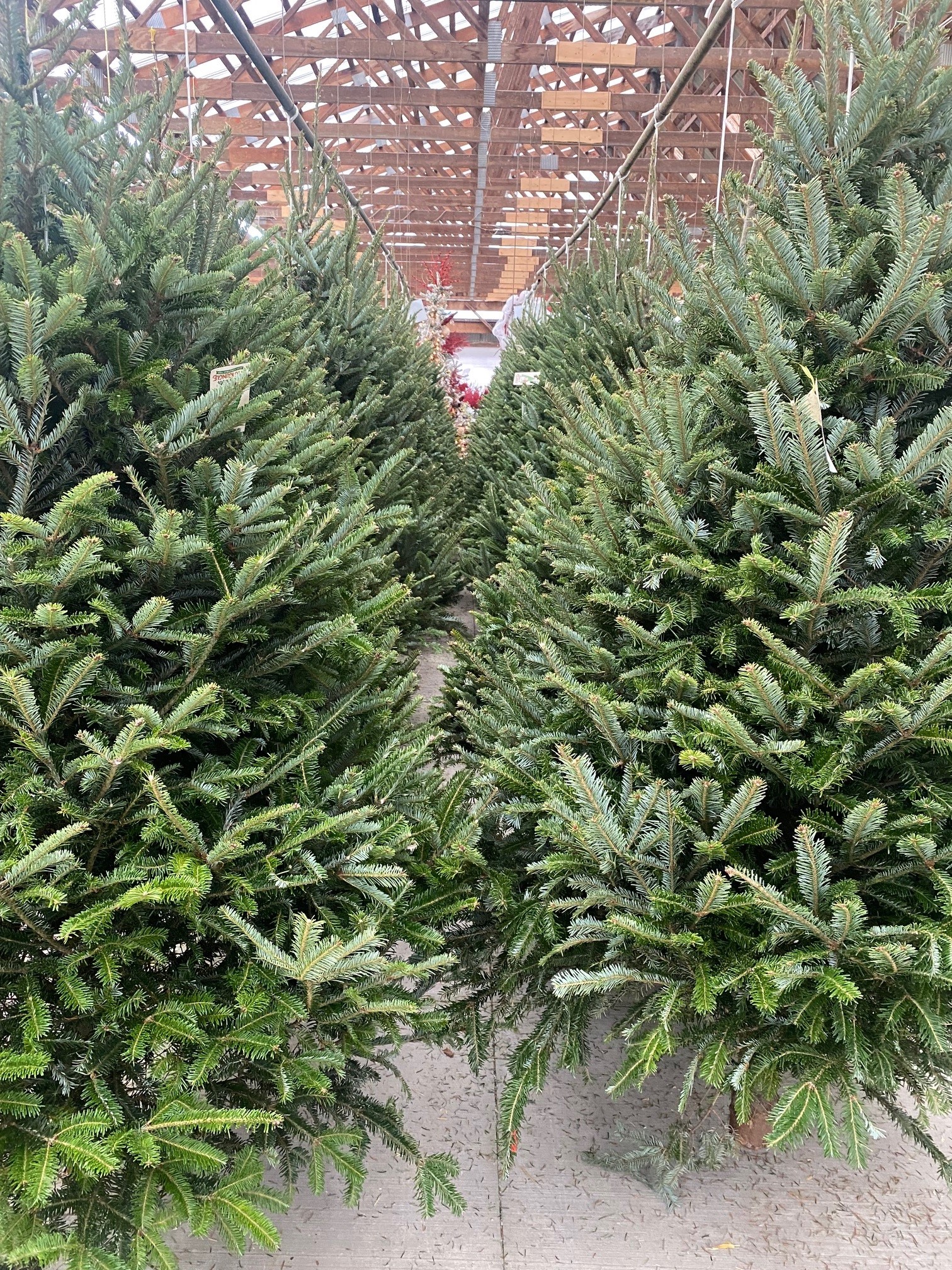Since Herbicides came off the market in Ontario in 2009, many homeowners puzzle over the right strategy to keep their lawns healthy. Fear not! All the turf management tools you are listed for you below. Proper lawn care techniques, done at the correct time, can make your lawn greener than it has ever been.
turf management tools you are listed for you below. Proper lawn care techniques, done at the correct time, can make your lawn greener than it has ever been.
Step 1: Aerating and Thatch control
~ Aerate in spring & fall before top dressing or fertilizing. Aerators can be rented or lawn care companies can provide the service.
~ Alleviates compacted soil and allows water, air & nutrients to penetrate deeper, producing deeper roots.
~ Physically breaks up thatch. A healthy lawn has 1 cm or ½” of thatch – more than 2.5 cm or 1” is too much.
~ Unhealthy amounts of thatch prevents water and nutrients from reaching the roots and can harbor insects and diseases.
~ Use a dethatching rake, machine or hire a lawn company to do this for you.
Step 2: Improving soil quality
~ Grass grows best in a moist, fertile soil that is not waterlogged. Sandy soil and heavy clay both need humus (the organic component of soil, formed by the decomposition of leaves etc.) to improve the texture.
~ A deep root system is most important to support top growth in grass.
~ A minimum of 4 inches (10cm) of soil is needed because more soil equals deeper roots. Top dress with a good quality top soil (¼ – ½ inch), consisting of loam, peat moss and compost, to improve soil conditions. This can be combined with overseeding.
Step 3: Overseed
~ Top dressing and overseeding are ideal opportunities to introduce drought resistant grass mixes.
~ The best time to do this is early fall, but it can also be done in the spring if there is winter damage.
~ There are an assortment of grasses – Red fescue tolerates shade & drought conditions, requires low-fertility, loves the sun, has very fine leaves & is spread by runner. Perennial rye grass is drought tolerant, prefers full sun but will tolerate shade.
~ Many perennial rye grasses contain levels of endophytic fungus, which help the roots takes up water and nutrients. Hairy chinch bugs, bluegrass billbugs and sod webworms do not like the taste.
~ Perennial rye grass retains its green colour very well during mid-summer heat stress.
Step 4: Mowing
~ Mow high: 6 to 8 cm or approximately 3 inches and it is very important to keep the mower blades sharp.
~ Mow frequently cutting no more than ⅓ of the shoot length & leave the clippings on the lawn to provide a natural source of nitrogen.
Step 5: Fertilizing
~ It is important to your grass health as fertilizing provides nutrients to outgrow weeds & may want to consider organic fertilizers.
~ Use a slow release type of fertilizer and a spreader for an even application with the best time to apply being in the fall. Applying fertilizer in the fall is critical as the turf has stopped growing above the soil but the roots are still active.
~ Apply a fertilizer specifically formulated for turfgrass that is phosphorus free as phosphorus & potassium are stable in soil. Nitrogen does need to be applied each year.
~ Follow-up with late May, early June fertilization (consider corn gluten meal and deal with crabgrass at the same time).
Step 6: Spot check for weeds and insects
~ The most effective approach to controlling weeds is to pull any broadleaf weed by hand or a tool.
~ Annual weeds: prevent flowering by mowing or by hand pulling
~ Grass Weeds: Apply a pre-emergent treatment which prevents germination of weeds. You may want to try corn gluten meal.
~ Perennial rye grass mix will help minimize chinch bug, bluegrass billbugs and sod webworms.
~ Apply nematode spray for grubs.
Step 7: Irrigating
~ Let a healthy lawn go dormant during extended dry periods. It can survive 4-6 weeks without adequate water.
~ Water only during an extreme drought or if the lawn is under stress or renovation. If your lawn is dormant check regularly for insects & pest, keep traffic off the grass, stop mowing and do not fertilize.
~ If you do water: Water deeply 2.5 cm (1”) less than once a week. It is best to water before 10:00 am to avoid evaporation and for the best health. You must follow any regional watering restrictions.






